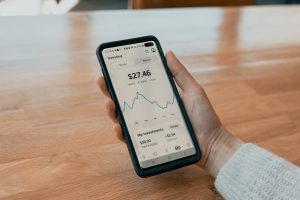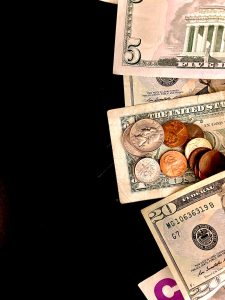Forex trading is a highly lucrative business, and starting a forex brokerage can be a great way to capitalize on the industry’s growth. However, setting up a forex brokerage is not an easy task. It requires careful planning, market research, and regulatory compliance. In this article, we will provide a step-by-step guide on how to start a forex brokerage.
1. Conduct Market Research
Before starting a forex brokerage, it is essential to conduct thorough market research. You need to understand the forex industry’s current trends, customer needs, and the competition. You also need to identify your target market and the services you will offer. Market research will help you develop a business plan that outlines your goals, strategies, and financial projections.
2. Choose a Business Model
There are two main business models for forex brokerages. The first is a dealing desk model, where the brokerage acts as a market maker and takes the opposite position of its clients. The second is a non-dealing desk model, where the brokerage connects buyers and sellers and earns a commission on each trade. Both models have their advantages and disadvantages, and you need to choose the one that suits your business goals.
3. Choose a Name and Register Your Company
Choose a unique name and register your company as a legal entity. You can register your business as a sole proprietorship, partnership, or corporation, depending on your preferences. You also need to obtain the necessary licenses and permits to operate a forex brokerage in your jurisdiction.
4. Build a Trading Platform
Your trading platform is the backbone of your forex brokerage. It is the software that allows your clients to access the forex market and execute trades. You can either build your trading platform from scratch or use a white-label solution. A white-label solution is a pre-built trading platform that you can customize with your branding and features.
5. Partner with Liquidity Providers
Liquidity providers are financial institutions that offer access to the forex market. They provide the quotes and pricing for the currency pairs that your clients will trade. You need to partner with multiple liquidity providers to ensure that your clients have access to the best pricing and liquidity.
6. Hire Staff
Hire a team of professionals to handle the day-to-day operations of your forex brokerage. You will need traders, risk managers, customer service representatives, and IT professionals. You also need to train your staff to provide excellent customer service and comply with regulatory requirements.
7. Develop Marketing Strategies
Marketing is crucial to the success of your forex brokerage. You need to develop a marketing strategy that targets your ideal customers and communicates your unique selling propositions. You can use various marketing channels, such as social media, email, PPC advertising, and content marketing.
8. Ensure Regulatory Compliance
Forex trading is a regulated industry, and you need to comply with various regulations to operate legally. You need to obtain licenses from regulatory bodies such as the Securities and Exchange Commission (SEC) and the Commodity Futures Trading Commission (CFTC) in the United States. You also need to comply with anti-money laundering (AML) and know your customer (KYC) regulations.
Conclusion
Starting a forex brokerage requires careful planning, market research, and regulatory compliance. You need to choose a business model, build a trading platform, partner with liquidity providers, hire staff, develop marketing strategies, and ensure regulatory compliance. By following these steps, you can start a successful forex brokerage and capitalize on the industry’s growth.





